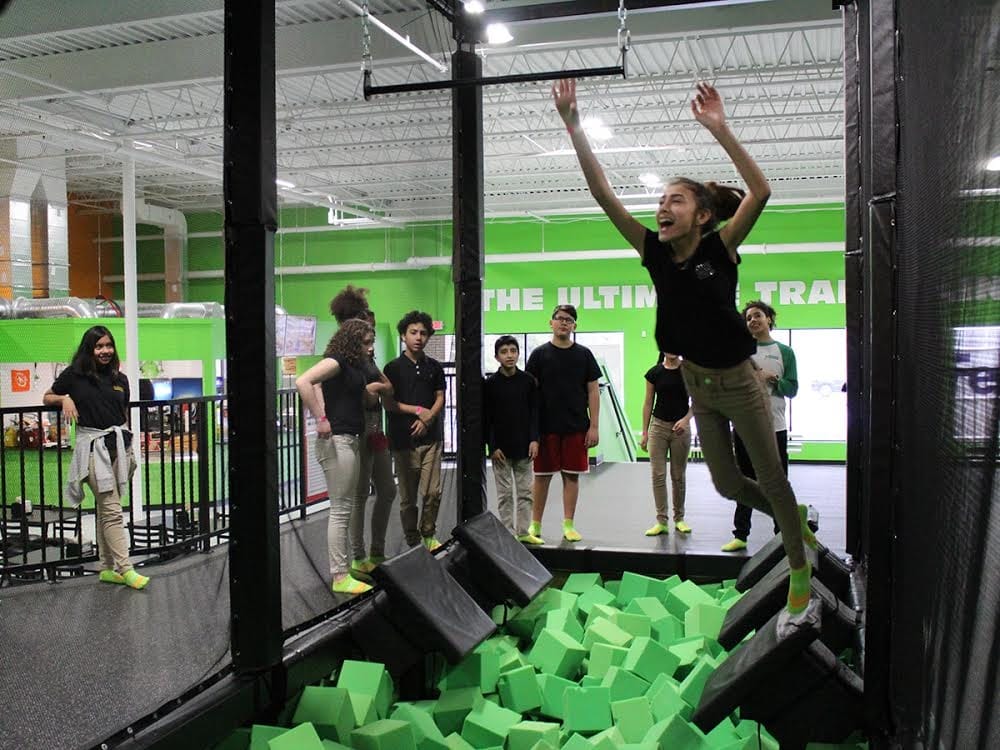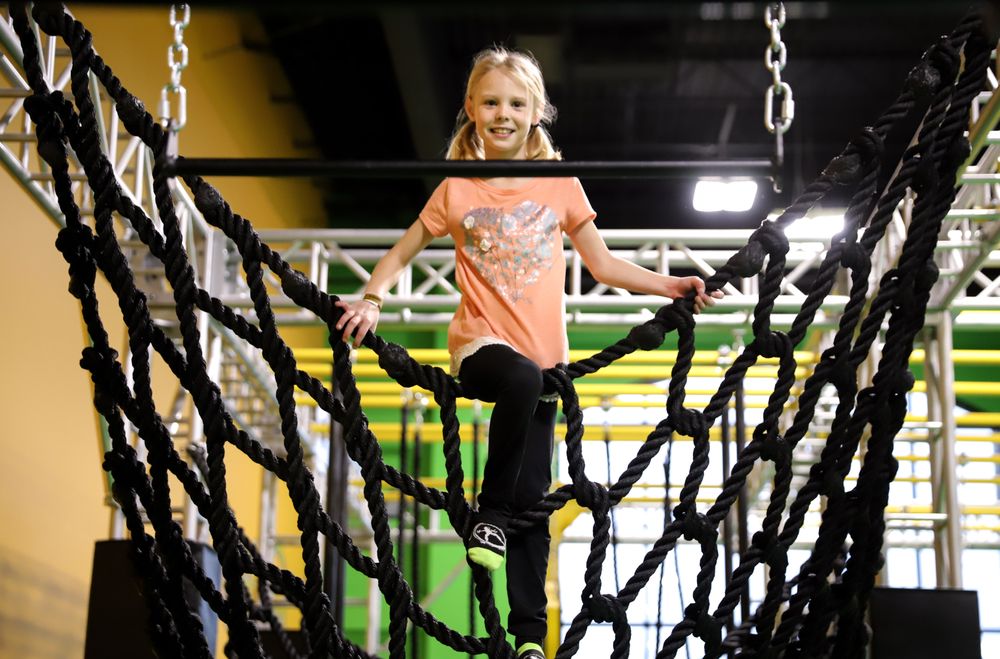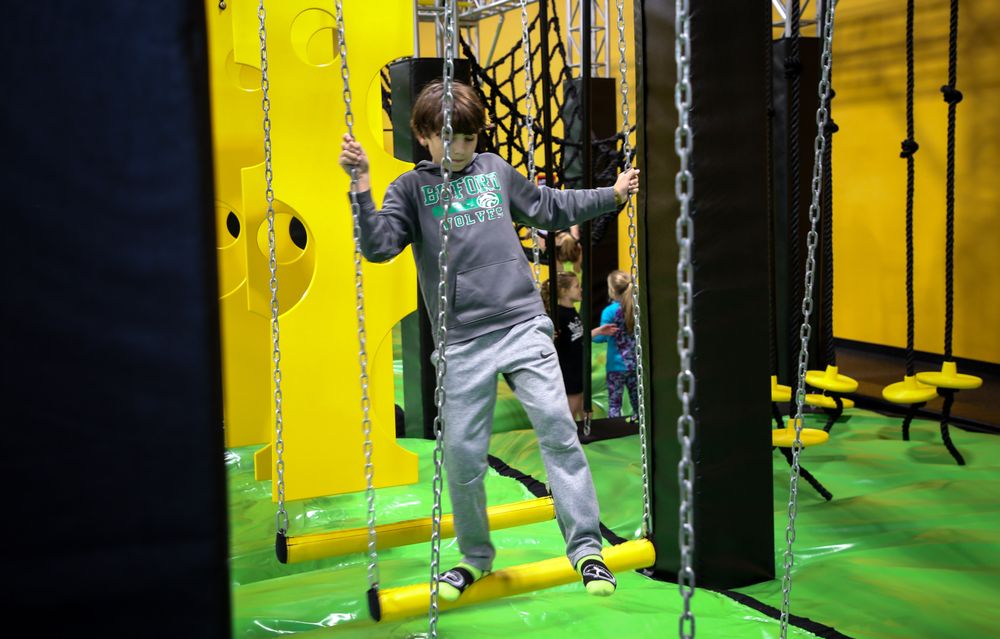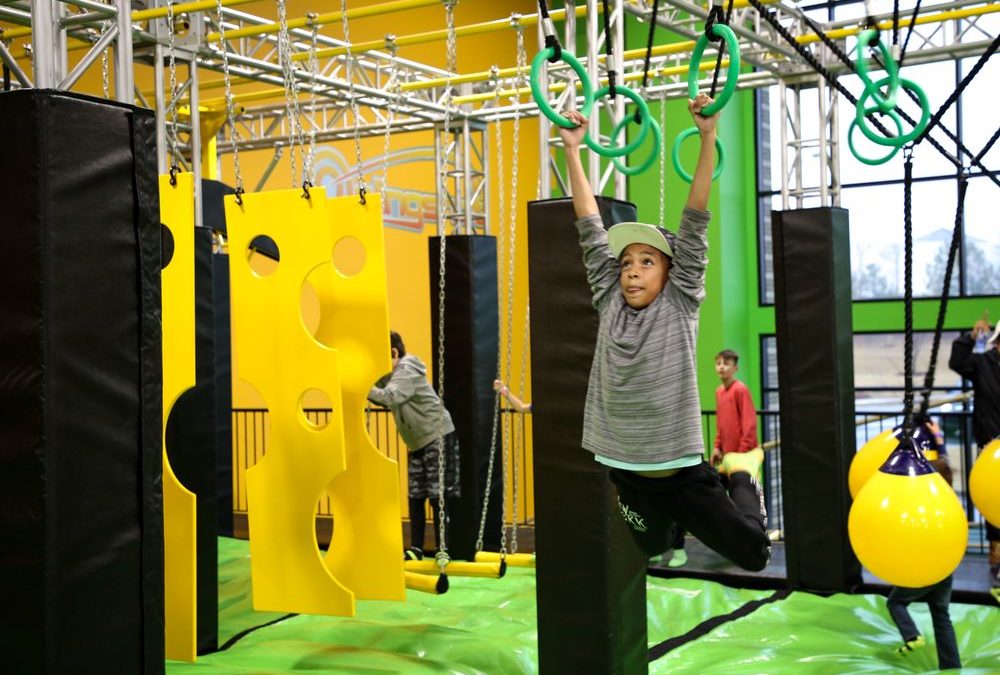This article has been syndicated from OnMogul.com
Being a kid involves two things: a thirst for knowledge and a need to move. Yet many parents find it tough to combine the two. After all, how can a preschooler or elementary-age student with a notoriously short attention span possibly gain brain-boosting education when she’s bouncing off the wall? The answer lies in introducing youngsters to fun learning experiences disguised as dexterity-building, confidence-revving games and activities.
Think it’s an impossible task? It’s easier than it seems:
1. Use sports to teach core learning concepts. Your son’s showing an interest in soccer. Look for a team where players rotate positions and share leadership. One day he’s the forward, the next he’s the goalie. He’ll learn each position’s challenges as well as his own skills. Sure, he overachieves in midfield, but he discovers he needs to push harder to overcome his weaker area: playing defense. In the meantime, he’ll benefit from the cardiovascular and neurological advantages that come with routine exercise.

2. Construct group games that require teamwork. Create a complex obstacle course — or find the nearest one if you’re pressed for time — and get a group of kids together for an afternoon of pure delight. To “win” the course, they must work as a unit. Help them analyze each obstacle and learn from each person’s missteps and smart moves. The last player should complete the course with minimal effort. This challenge is an exercise in practicality and advanced analysis rolled up in an exciting adventure.
However, if you’re unable to create a course at home, many trampoline parks, like Rockin’ Jump, have ninja obstacle courses all ready to go. If a ninja course is unavailable, another option is a rock wall, often located at your neighborhood recreation center or trampoline park. And to promote healthy competition, see which youngster can beat his or her best time climbing.

3. Manufacture a mini ‘Amazing Race’ event. Without sending your child to the far reaches of the globe, you can mimic a scalable treasure hunt like “The Amazing Race.” Have kids review a riddle or problem before they can get to the next clue. Between each challenge, add running or another physical fitness requirement. Bonus points if everyone’s outdoors in the fresh air during at least part of the experience!

4. Mingle mathematics with movement. Imagine kids jumping in a trampoline-based fitness class. While they’re burning up calories and pent-up energy, they’re also reciting mathematical equations. “Let’s do our times tables,” the instructor yells. In unison, they begin: “Five times one is five…five times two is 10…” To the children, the event feels so enjoyable that they don’t realize they’re undergoing rote memorization that’s useful for so many school subjects.
As parents, we’re under pressure to get kids off their devices. By providing them with competitive play, you’ll untether them from their iPads, emphasize the importance of fitness, improve their sleep patterns, increase their memory skills, and help them become better decision makers. At the same time, you might just find the temptation to join their fun irresistible. Jump in and let yourself learn alongside your kids!

